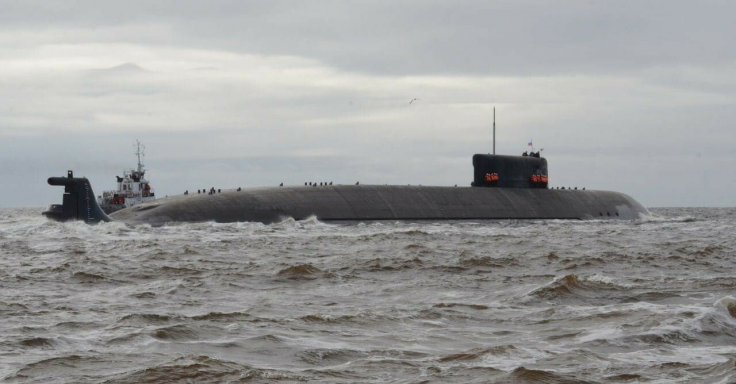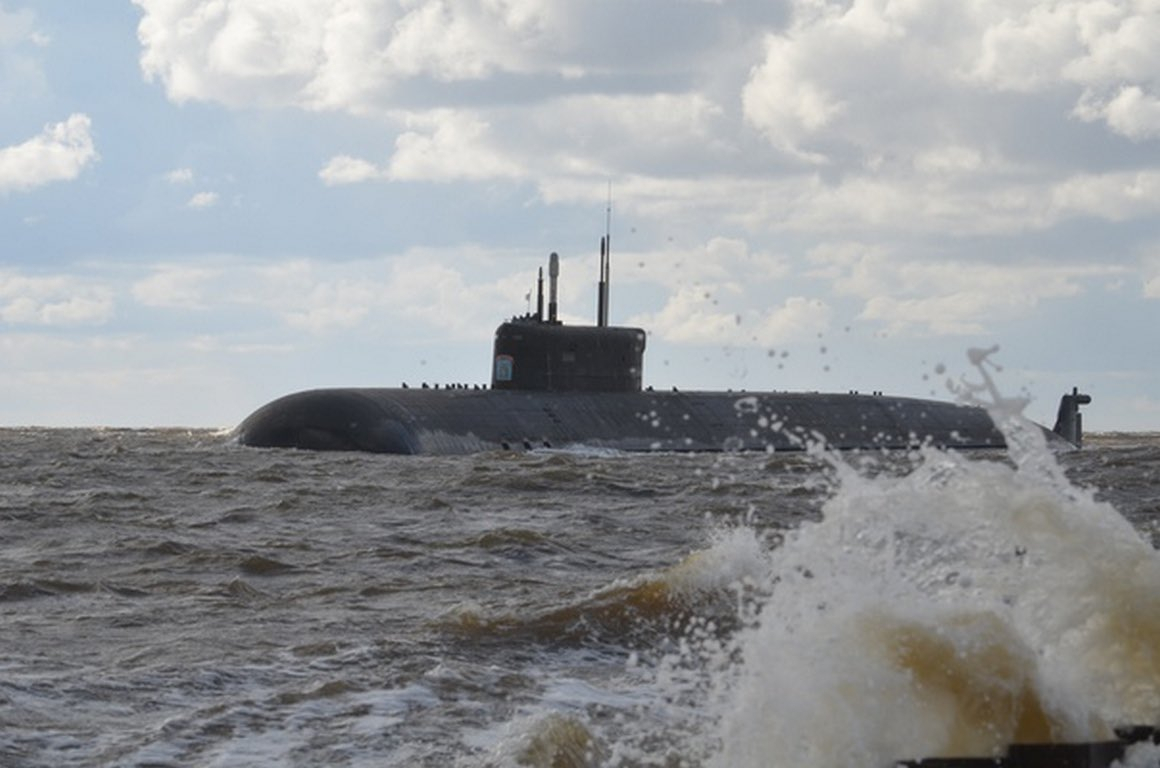Russia has launched its longest-ever submarine, which is designed to carry nuclear torpedo drones that can spark radioactive tsunamis. The 604ft-long Belgorod submarine has been delivered to the Russian Navy.
The 14,700-ton war machine was made even longer so it can carry the new devastating nuclear-tipped Poseidon torpedoes guided by artificial intelligence. It also has Bond villain-style secret compartments to launch mini-subs and drones for covert sabotage and spying ops – such as cutting undersea cables, reported The Sun.
The report also stated that shipbuilders Sevmash and naval top brass stressed only its “research” capabilities at a handing-over ceremony on Friday. Despite previous boasts of its fearsome weaponry, today state news agency Tass reported the sub was “designed to solve diverse scientific problems”.

Submarines coastal attack could spark radiation spread and can cause 500m tsunami. Russia has claimed that it will use its new weapon for scientific research missions but experts warn Moscow can definitely use it against Ukraine amid the war.
Fears have also emerged that President Vladimir Putin’s new attack vessel could harm undersea cables with its advanced drones.

Russian Navy chief Adm. Nikolai Anatolyevich Yevmenov noted that the Belgorod submarine opens up new opportunities for Russia in conducting various research, and allows conducting diverse scientific expeditions and rescue operations in the most remote areas of the world ocean.
“The ship is designed to solve diverse scientific problems, conduct search and rescue operations, and can also be used as a carrier of rescue deep-sea and autonomous unmanned underwater vehicles,” he stated, according to US Naval Institute (USNI).
Poseidon, a key nuclear weapon that was first revealed in 2015, would have a range of thousands of miles and it can cause guaranteed devastating damage to the enemy’s territory by creating wide areas of radioactive contamination, rendering them unusable for military, economic or other activity for a long time,” according to a translation of a Russian presentation caught on camera by BBC.
Read more







